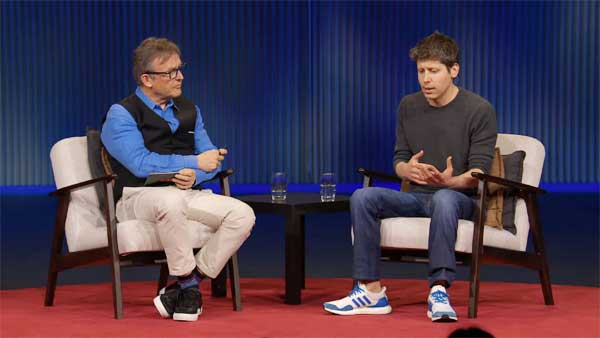Google Found Guilty of Illegal Ad Tech Monopoly in Court Ruling via @sejournal, @MattGSouthern

A federal judge has ruled that Google maintained illegal monopolies in the digital advertising technology market.
In a landmark case, the Department of Justice and 17 states found Google liable for antitrust violations.
Federal Court Finds Google Violated Sherman Act
U.S. District Judge Leonie Brinkema ruled that Google illegally monopolized two key markets in digital advertising:
- The publisher ad server market
- The ad exchange market
The 115-page ruling (PDF link) states Google violated Section 2 of the Sherman Antitrust Act by “willfully acquiring and maintaining monopoly power.”
It also found that Google unlawfully tied its publisher ad server (DFP) and ad exchange (AdX) together.
Judge Brinkema wrote in the ruling:
“Plaintiffs have proven that Google possesses monopoly power in the publisher ad server for open-web display advertising market. Google’s publisher ad server DFP has a durable and ‘predominant share of the market’ that is protected by high barriers both to entry and expansion.”
Google’s Dominant Market Position
The court found that Google controlled approximately 91% of the worldwide publisher ad server market for open-web display advertising from 2018 to 2022.
In the ad exchange market, Google’s AdX handled between 54% and 65% of total transactions, roughly nine times larger than its closest competitor.
The judge cited Google’s pricing power as evidence of its monopoly. Google maintained a 20% take rate for its ad exchange services for over a decade, despite competitors charging only 10%.
The ruling states:
“Google’s ability to maintain AdX’s 20% take rate under these market conditions is further direct evidence of the firm’s sustained and substantial power.”
Illegal Tying of Services Found
A key part of the ruling focused on Google’s practice of tying its publisher ad server (DFP) to its ad exchange (AdX).
The court determined that Google effectively forced publishers to use DFP if they wanted access to real-time bidding with AdWords advertisers, a crucial feature of AdX.
Judge Brinkema wrote, quoting internal Google communications:
“By tying DFP to AdX, Google took advantage of its ‘owning the platform, the exchange, and a huge network’ of advertising demand.”
This was compared to “Goldman or Citibank own[ing] the NYSE [i.e., the New York Stock Exchange].”
Case History & State Involvement
The Department of Justice initially filed this lawsuit in January 2023, with eight states. Nine more states later joined, bringing the total to 17 states challenging Google’s practices.
Michigan Attorney General Dana Nessel explained why states joined the case:
“The power that Google wields in the digital advertising space has had the effect of either pushing smaller companies out of the market or making them beholden to Google ads.”
Google has consistently denied wrongdoing. Dan Taylor, Vice President of Global Ads, stated that the DOJ’s lawsuit would “reverse years of innovation, harming the broader advertising sector.”
What This Means for Digital Marketers
This ruling has implications for the digital marketing world:
- For publishers: If Google must restructure its ad tech business, the decision could give publishers more control over ad inventory and potentially higher revenue shares.
- For advertisers: Changes to Google’s ad tech stack may lead to more transparent bidding and lower costs over time.
- For marketing agencies: Using a variety of ad tech providers may become more important as Google faces these challenges.
What’s Next?
Judge Brinkema has yet to decide on penalties for Google’s violations. Soon, the court will “set a briefing schedule and hearing date to determine the appropriate remedies.”
Possible penalties include forcing Google to sell parts of its ad tech business. This would dramatically change the digital advertising landscape.
This ruling signals that changes may be coming for marketers relying on Google’s integrated advertising system.
Google intends to appeal the decision, extending the legal battle for years.
From it’s newsroom on X:
“We won half of this case and we will appeal the other half. The Court found that our advertiser tools and our acquisitions, such as DoubleClick, don’t harm competition. We disagree with the Court’s decision regarding our publisher tools. Publishers have many options and they…
— News from Google (@NewsFromGoogle) April 17, 2025
Featured Image: sirtravelalot/Shutterstock













